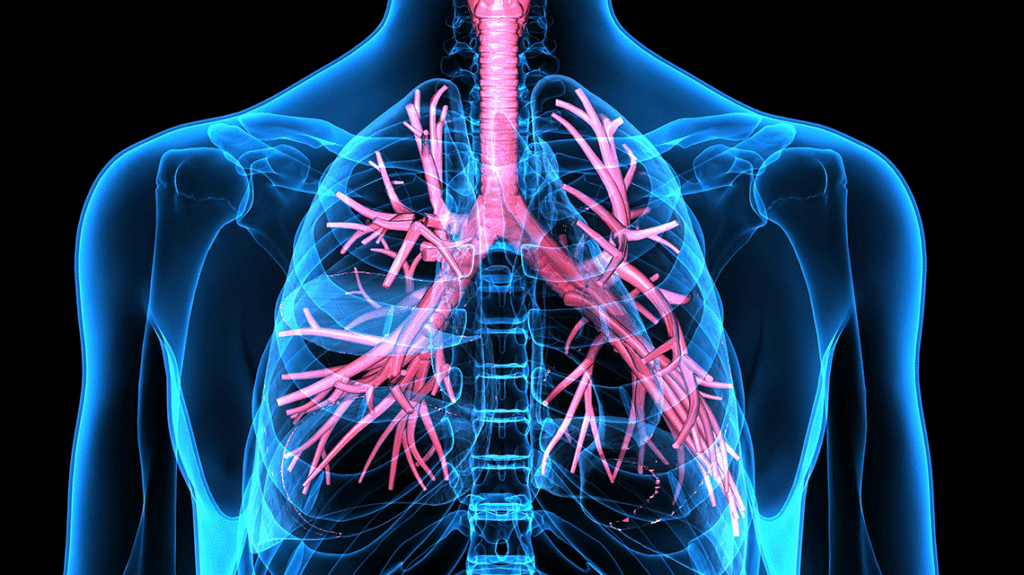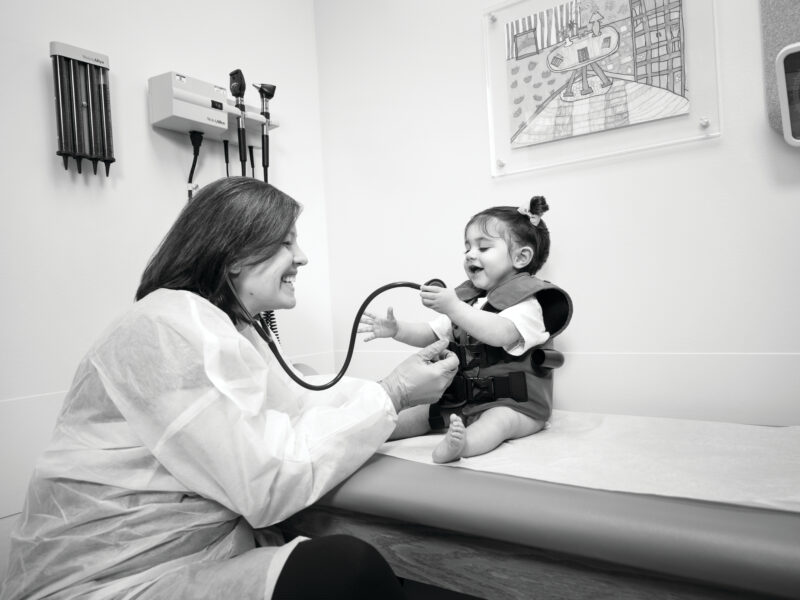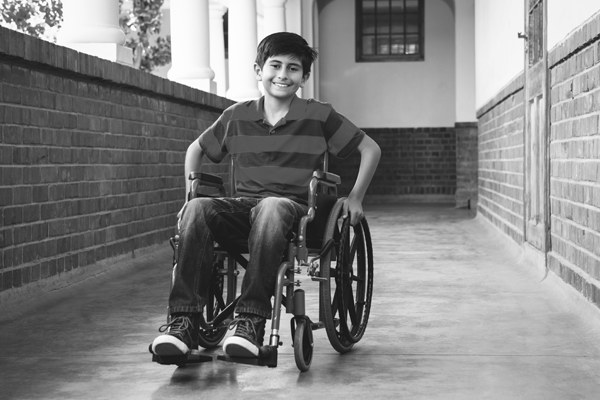Repeated Injury to Stem Cells Could be a Significant Contributor to Chronic Lung Disease
Repeated Injury to Stem Cells Could be a Significant Contributor to Chronic Lung Disease https://pediatricsnationwide.org/wp-content/uploads/2021/02/AdobeStock_126797930_lung-header-1024x575.gif 1024 575 Abbie Miller Abbie Miller https://pediatricsnationwide.org/wp-content/uploads/2023/05/051023BT016-Abbie-Crop.jpg- October 26, 2021
- Abbie Miller

A series of experiments shows that biological aging of tracheobronchial stem cells could drive the development of chronic lung disease.
In a recent publication in STEM CELLS Translational Medicine (SCTM), researchers showed that repeated injury to epithelial cells in the airway caused biological aging of the stem cells located there. Tracheobronchial stem cells (TSCs) are responsible for the replacement of the epithelial cells in the airway tissues.
“Pediatric lung diseases including bronchopulmonary dysplasia, asthma, and cystic fibrosis are characterized by cycles of airway epithelial injury and repair. Our demonstration that injury/repair causes biological aging in the stem cell population suggests that disease progression may be linked to depletion of the stem cell pool. In the future, treatments which protect or replace the stem cell may improve outcomes,” says Susan D. Reynolds, PhD, principal investigator in the Center for Perinatal Research at Nationwide Children’s Hospital, and co-lead investigator of the new study along with Moumita Ghosh, PhD, University of Colorado School of Medicine, Anschutz Medical Campus.
How does biological aging contribute to chronic lung disease? Biological aging is associated with shortening of telomeres, which prevent the loss of genetic information during DNA replication. Increased replication of these cells as a result of injury causes the telomeres to shorten faster than they would during the normal aging process.
Previous studies have shown that in idiopathic pulmonary fibrosis and chronic obstructive pulmonary disease, the biological age of lung cells was increased. The current study aimed to provide a better understanding of how biological aging of airway cells contributes to disease.
“We showed that injury activated a fraction of TSCs in an animal model, suggesting that the process conserved the mitotic potential – that is, the ability of future cell division – in the inactive subpopulation,” says Dr. Reynolds.
In contrast, the activated TSC fraction, continued to proliferate after the epithelium was repaired. A clone study demonstrated that about 96% of activated TSCs underwent biological aging and were lost.
The team also conducted studies using human TSCs from donors with dyskeratosis congenita, a disease of premature aging caused by mutations in telomere biology genes, and unaffected donors. The human cell studies showed results aligned that the findings in the animal model.
“Applying these results to chronic lung disease, we suggest that repeated injury to the airway epithelial cells causes biological aging, which results in abnormal repair of the tissues and ultimately, disease initiation,” says Dr. Reynolds. “Our results also support the idea of developing stem cell therapies for people with chronic airway disease.”
“For example, unlike BPD and asthma, cystic fibrosis is caused by a mutation in a single gene, CFTR,” she adds. “Children are diagnosed with cystic fibrosis at birth and develop lung disease during early childhood. One objective of our research is to replace stem cells which harbor a CFTR mutation with stem cells in which the CFTR mutation has been corrected. We anticipate that successful development and use of stem cell therapy could prevent the development of cystic fibrosis lung disease.”
The team’s ongoing work has two focuses. First, the continued research into the process that causes stem cell aging. Once the mechanisms are understood, they hope to be able to develop treatments to prevent or reverse that aging process. Second, they are developing methods to transplant stem cells into the airway epithelium, which they hope will serve as an effective therapy for chronic lung disease.
Reference:
Ghosh M, Hill CL, Alsudayri A, Lallier SW, Hayes Jr D, Wijeratne S, Tan ZH, Chiang T, Mahoney JE, Carro G, Stripp, BR, Reynolds SD. Repeated injury promotes tracheobronchial tissue stem cell attrition. Stem Cells Translational Medicine. 2021 Sep 21. [Online ahead of print.]
About the author
Abbie (Roth) Miller, MWC, is a passionate communicator of science. As the manager, medical and science content, at Nationwide Children’s Hospital, she shares stories about innovative research and discovery with audiences ranging from parents to preeminent researchers and leaders. Before coming to Nationwide Children’s, Abbie used her communication skills to engage audiences with a wide variety of science topics. She is a Medical Writer Certified®, credentialed by the American Medical Writers Association.
-
Abbie Millerhttps://pediatricsnationwide.org/author/abbie-miller/
-
Abbie Millerhttps://pediatricsnationwide.org/author/abbie-miller/
-
Abbie Millerhttps://pediatricsnationwide.org/author/abbie-miller/
-
Abbie Millerhttps://pediatricsnationwide.org/author/abbie-miller/







